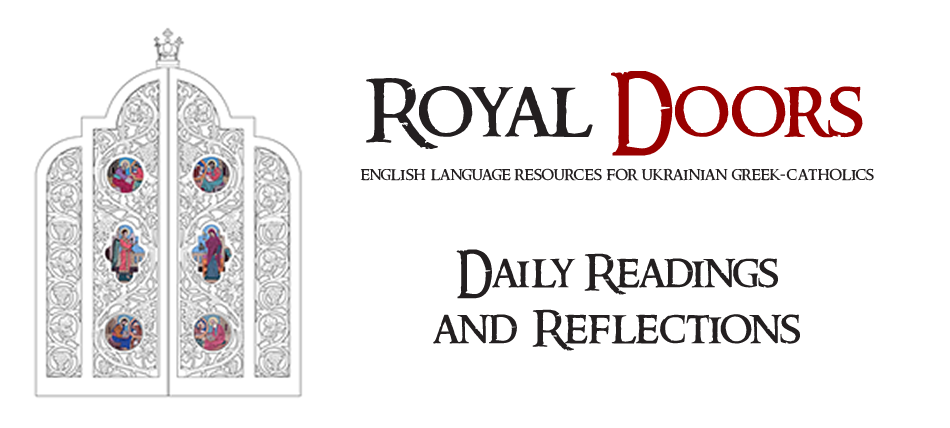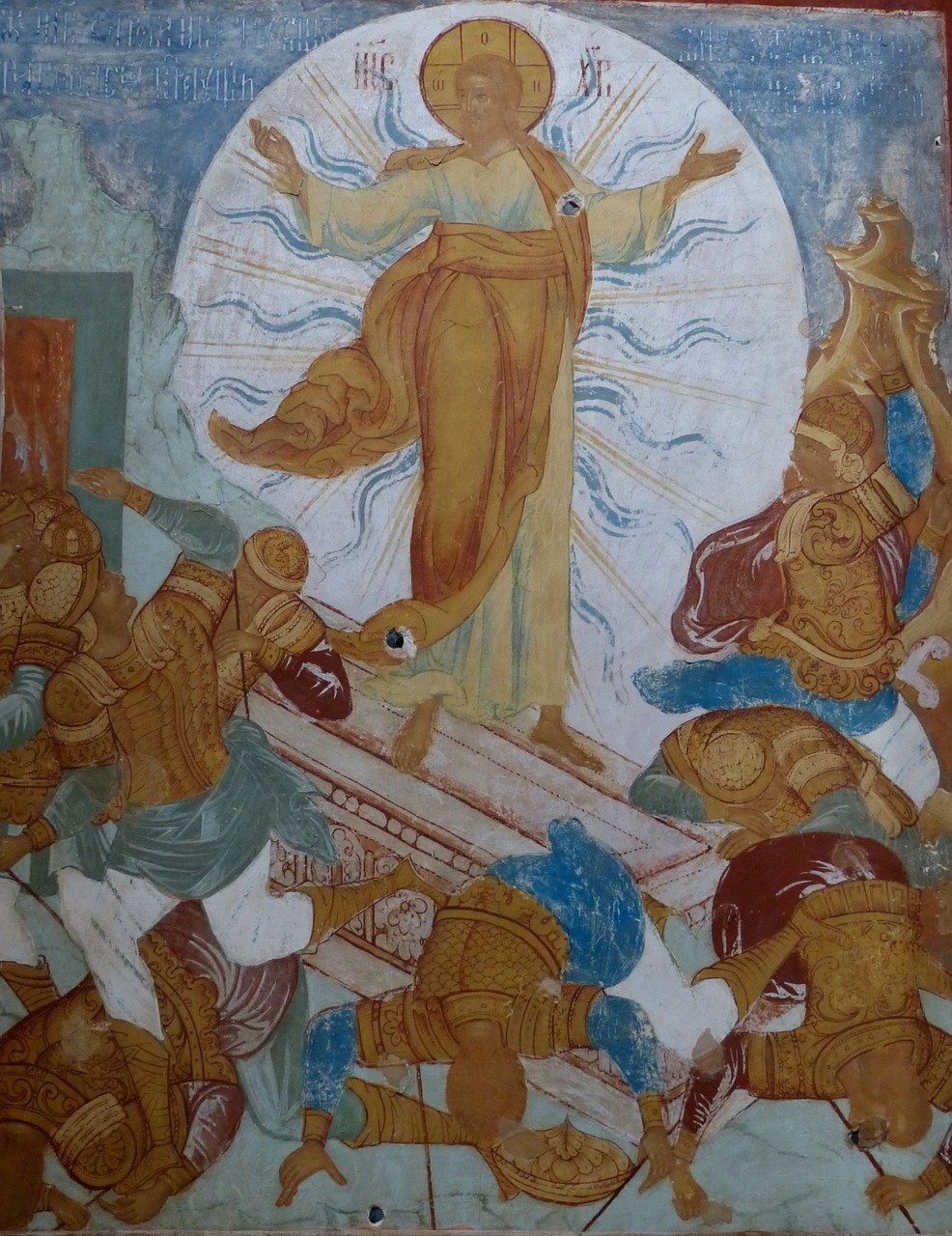A sore point in the relationship between the Churches concerns the date on which we celebrate the resurrection of Christ. Often one group of Christians is observing Pascha while their neighbors may have up to a month to go before they do the same. While some people may enjoy having two festive meals as a result (they rarely observe both fasts), Christians have always seen this as a regrettable, if unavoidable anomaly.
The Quartodecimans
The oldest celebration of Christ’s resurrection is not Pascha (Easter) but every Sunday, the Lord’s Day. When an annual festival came into being is not known but it can safely be dated to the second century.
The first recorded controversy over the method of calculating the date of this feast took place at the end of thAT CENTURY. THE Churches in the Roman Province of Asia (Asia Minor, today) observed this feast on the date of the Jewish Passover (14 Nisan), on whatever day of the week it falls. Churches in other parts of the Empire kept the feast as we do, always on a Sunday, specifically the Sunday following Passover.
According to the early historian Eusebius, St Polycarp of Smyrna (in Asia Minor) and the Pope of Rome, Anacetus (+168) discussed their different practices when Polycarp visited Rome. At that time both practices were considered acceptable.
The question became a full-blown controversy in the next generation when Pope Victor attempted to excommunicate the Asian bishops for their custom. Despite several councils ruling against the Asian practice, Victor’s bishops did not support him, and nothing was done on the matter until the First Ecumenical Council (325).
This council mandated that all Churches in the Roman Empire celebrate Pascha on the same date. The Church of Alexandria, a city noted for its astronomers, came to set the standard for the Paschal feast. Each year an encyclical letter from Alexandria announced the date of the next Pascha. Their method was gradually adopted throughout Europe, becoming universal in the eighth century.
Revising the Julian Calendar
Since the year 45 BC the Julian Calendar had been the standard calendar in the Roman Empire. It determined that a year consists of 365.25 days; the “extra” quarter days would be joined together in a “leap year” every four years. Even at the time the Julian Calendar was introduced, astronomers knew that it was not perfectly accurate and that it would “lose time” over the years.
A calendar revision was proposed in the Byzantine Empire in the Middle Ages, but was rejected as being too disruptive. In the West, the Council of Trent (1545-1563) called for a calendar revision, feeling that the date of Easter was drifting further away from the time envisioned at the First Council of Nicaea. Finally, in 1582 Pope Gregory XIII promulgated a revision which took his name. It was immediately adopted by the Catholic countries of Europe and only gradually by others. The British Empire, including its American colonies, only adopted it in 1752. It was the twentieth century before the Gregorian Calendar would become the standard civil calendar throughout the world (the “common era”).
While Western Europe adopted the Gregorian Calendar in the 16th to 18th centuries, Islamic and Orthodox countries did not do so. This meant that the Eastern Churches found themselves in new calendar controversies. Because the Julian Calendar was “losing time” when compared to the Gregorian, there was an ever-increasing distance between the same dates in the two systems. Thus feasts on fixed days of the year, such as Christmas, came to be 11, 12 and now 13 days apart.
Some Church calendars note these differences as “O.S.” (Old Style, Julian) and “N.S.”(New Style, Gregorian), because their parishes may use either calendar. Thus January 7 would be labeled “O.S. Christmas”).
Pascha Revisited
The second modern calendar controversy concerns the date of Pascha. The First Council of Nicaea (325) established the date of Pascha as the first Sunday after the full moon (the Paschal Full Moon) following the March equinox. However the date of the March equinox is determined differently in East and West. In the East, the equinox is reckoned to be on March 21 (O.S.), while the West calculates it as occurring on March 20 (N.S.). As a result Pascha can be one week, two weeks or even five weeks later than Easter in the West.
Up to the nineteenth century the Eastern Churches generally retained their traditional calendars. In Western countries, such as the Austro-Hungarian Empire, or in the Western-influenced parts of the Middle East there was pressure from the state and/or the Western Church to follow the Gregorian Calendar. Thus, in 1857, upon the urging of the Roman curia, Melkite Patriarch Clement (Bahouth) introduced the Gregorian Calendar, causing a schism lasting several years. He was forced to resign but the Julian Calendar was not reinstated.
Nations in Eastern Europe and the Middle East gradually adopted the Gregorian Calendar after World War I. The response of their Churches varied. Some, such as the Russian, Serbian and Ukrainian Churches retain the Julian Calendar unaltered. In 1923 the Greek and Middle Eastern Churches as well as the Churches of Bulgaria and Romania adopted a mixed (“Revised Julian”) calendar which retains Pascha on the Julian date but observes fixed feasts such as Christmas on the Gregorian date. This initiated “Old Calendar” schisms by those insistent on retaining the Julian Calendar.
Societal pressure in some countries has resolved the calendar question for their Churches. Thus the Orthodox Churches in Finland and Estonia observe the Gregorian Calendar while Catholics in Greece, Israel and Jordan observe the Revised Julian Calendar (for Pascha).
The Calendar and the Churches
Today there are a number of Churches employing the Julian Calendar including the Armenian Patriarchate of Jerusalem, the Coptic Orthodox Church, the Eastern Orthodox Churches of Jerusalem, Russia, Serbia, Poland, Macedonia, Georgia and Ukraine, and the Ethiopian Orthodox and Catholic Churches as well as the Assyrian and Greek Old Calendarists. Greek Catholics in Carpathia, Slovakia and Ukraine generally follow the Julian Calendar although most of their parishes in the West follow the Gregorian.
The Churches employing the Gregorian Calendar include the Armenian Church, the Church of the East, the Eastern Orthodox Churches of Estonia and Finland, the Malankara Syrian Orthodox Church and most Eastern Catholics (Chaldeans, Maronites, etc.).
A third group of Churches employ the Mixed (“Revised Julian”) Calendar: the Syriac Orthodox Church and the Eastern Orthodox Churches of Constantinople, Alexandria, Antioch, Greece, Cyprus, Romania, Poland and the Orthodox Church in America (although some Polish and OCA parishes are permitted to use either calendar).
The Melkite Greek Catholic Church generally follows the Gregorian Calendar. In countries with an Orthodox majority it follows the Mixed (Revised Julian) Calendar.
Source: Eparchy of Newton

